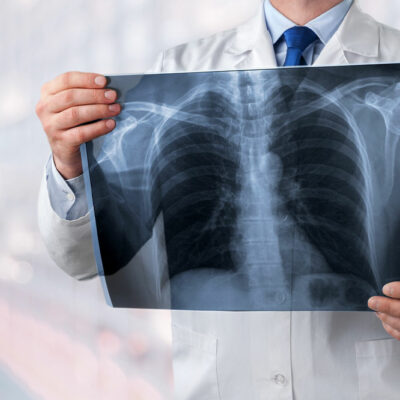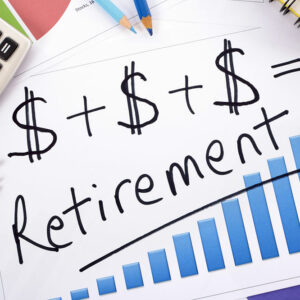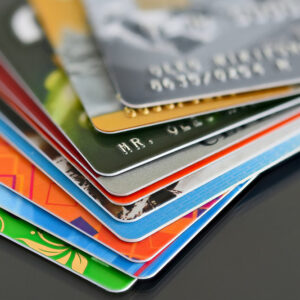
health
5 mistakes to avoid when dealing with chronic pain
Chronic pain can result from many health conditions. Here, one may not adequately prepare themselves for the constant discomfort, especially when it worsens unexpectedly. However, one can find many treatment options to relieve pain and address the underlying causes. But, exerting or unintentionally doing things that aggravate the pain can make it difficult to manage over time. So here are a few mistakes to avoid when dealing with chronic pain: Taking up excessive work Trying to take up a lot of chores or work tasks can make pain management difficult. Many chores squeezed into a small amount of time might lead to unnecessary stress—both mental and physical. So, one should avoid adding too many tasks to their to-do list to avoid feeling overwhelmed and exhausted. One should schedule their activities in a manageable way for the body to get enough rest. Making poor food choices While junk food can be a convenient meal choice, fried and ultra-processed foods lack the necessary nutrients one needs to recover from chronic pain and build energy. Further, nutrient deficiency can worsen the pain. Further, foods with excessive sugar and salt can worsen inflammation, aggravating chronic pain. So, nutrient-rich foods should make up most of the daily meals to lower pain and prevent health issues brought on by bad food habits and discomfort.

















